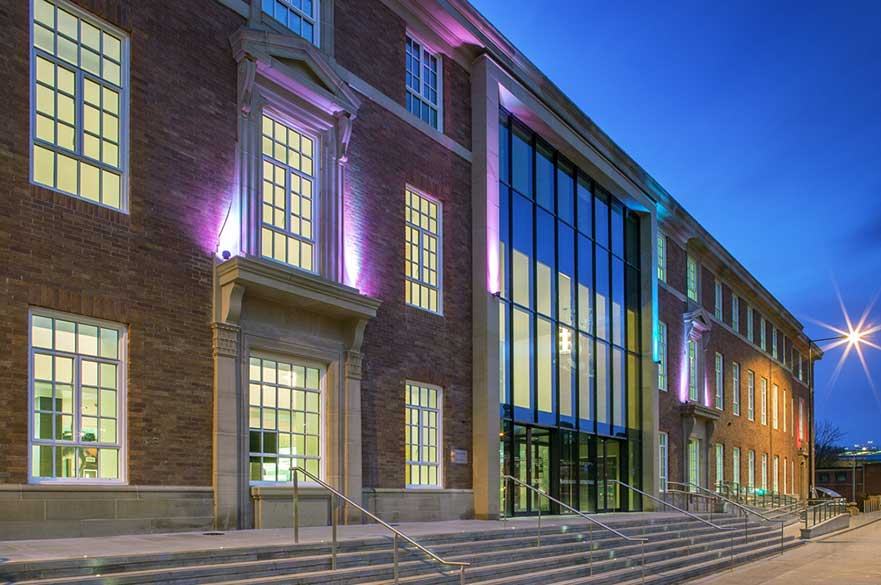Designs outlining the proposed traffic and network management scheme to deliver reductions in roadside NO2 emissions are being refined following consideration of feedback received during the two consultation periods, and further work on the feasibility study.
The drawings that set out the Council’s preferred option to tackle roadside NO2 emissions around Stafford Street in the shortest time possible, will now provide additional details of the proposed junction improvements including how the scheme will maintain and enhance existing transport provision at these sites.
During the consultation period, officers met with various stakeholders, including cycling representatives to further discuss the proposals, and listen to any concerns they had.
Active and sustainable travel is an important part of reducing roadside emissions and encouraging a more active population with all of the resulting health benefits.
The city already boasts an off-road cycle route along the full length of Friar Gate, as well as an on-road cycle lane marked on the carriageway heading away from the city.
At least 5km of new or improved cycling facilities over the last three years has been provided, and the Council will continue the programme for at least another year under the current funding. It is likely that additional government funding will be available to support additional schemes.
The Council are working with the DFT and local interest groups on the Local Cycling and Walking Infrastructure Plan, which will be essential for securing future funding and investment.
In addition to the legal requirements, the local authority has a legal duty under the Traffic Management Act 2004 to ‘secure the expeditious movement of traffic’. To achieve this, the Council is encouraged to make the best use of the existing road network, and most importantly, to take a balanced approach to the needs of all highway users.
Councillor Matthew Holmes, Deputy Leader of the Council and Cabinet Member for Leadership, Regeneration and Public Protection said:
As the local highway authority, the Council has to take a balanced approach. There are often competing needs and views expressed in the city from residents, groups and businesses. Where concerns cannot be specifically addressed through the refinement of the preferred option, further consideration is being given to other funding sources to address the issues. Officers, for example, are exploring innovations in public transport, which I hope will provide a more flexible and high quality service that will transform how public transport is perceived. I very much look forward to announcing those exciting plans in due course. The Council are fully committed to addressing the air quality issue and delivering an appropriate solution for Derby that meets our legal requirements in the shortest possible time.
The scheme designs for Stafford Street and Ashbourne Road along with an updated wider area map will be available online in the next few weeks. The proposals are subject to final refinement and approval by Government as part of the Council’s full business case submission on 26th March 2019.
For further information on Derby’s Local Air Quality Plan please view our FAQs section on the website or email air.quality@derby.gov.uk
